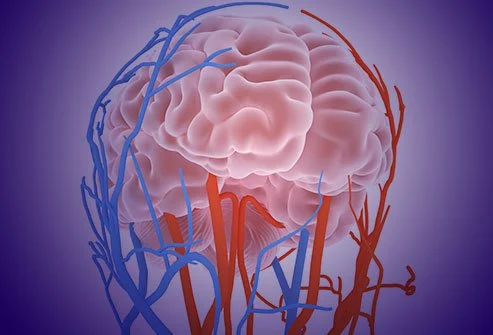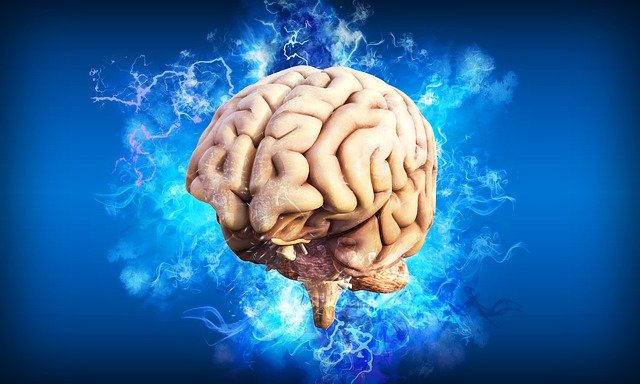Brain Hemorrhage is a fatal medical condition which causes uncontrolled bleeding within the brain or it could be anywhere between the brain and skull
Brain Hemorrhage is a fatal medical condition which causes uncontrolled bleeding within the brain or it could be anywhere between the brain and skull. Depending on its precise location, there are different types of brain hemorrhages which are categorised as: subdural haemorrhage, extradural haemorrhage, subarachnoid haemorrhage and intracerebral haemorrhage. However, subdural and extradural
haemorrhages are the most common type after Head injury, and they cause further brain damage which can lead to some long-term side-effects.
Subarachnoid and intracerebral haemorrhages are more likely to happen spontaneously.


There are numerous blood vessels that run through the brain and surrounding areas and any damage to these blood vessels result in brain bleeding. Depending on the area/location where the rupture has taken place, brain hemorrhages have been categorised as:
Intra axial Hemorrhage or Cerebral Hemorrhage: During this condition bleeding takes place within the brain itself.
Extra axial Hemorrhage: Bleeding takes place anywhere within the skull except the brain during extra axial hemorrhage. It is again subdivided into three categories:
* Epidural/Extradural Hemorrhage or Epidural Hematoma
* Subdural Hemorrhage or Subdural Hematoma
* Subarachnoid Hemorrhage
Cerebral Hemorrhage:
The condition requires immediate medical attention, which if delayed may lead to a state of Coma or may even cause death at times.
Following are the major causes of Cerebral Hemorrhage:
* Accidental injury to the head
* High blood pressure
* Undiagnosed bleeding tumours
* A condition of Cerebral aneurysm in which a weak spot in the blood vessel may suddenly burst
* Malformed blood vessels hindering normal blood flow
* Hemophilia, Sickle Cell anemia, Hypertension may progress into Cerebral Hemorrhage
Symptoms of Cerebral Hemorrhage:
Common symptoms of Cerebral Hemorrhage are as follows:
* Sudden and severe headache, seizures and numbness
* Paralysis- especially experienced on face/arms/legs, etc.
* Vision problem or difficulty in reading/talking
* Loss of consciousness, dizziness, nausea and vomiting
Extra-axial Hemorrhage: Three membranes that envelop the brain and spinal cord are: dura mater; also the outer most and the thickest layer, arachnoid; the delicate middle layer of the three membranes and pia mater; the innermost layer. Together, these three layers are known as the meninges. It’s the space between arachnoid and pia mater that is filled with cerebrospinal fluid is known as subarachnoid layer.
Epidural Hemorrhage: It is a type of intracranial hemorrhage that occurs between the dura mater and skull. Commonly seen in children and young adults.
Extradural hemorrhages are slightly riskier, therefore, these require quick surgical intervention to prevent any further complication.
Symptoms of Epidural Hemorrhage:
* Loss of consciousness
* Enlarged pupil on one side
* Weakness experienced on the other side of the enlarged pupil
* Confusion and drowsiness
* Nausea and Vomiting
Subdural Hemorrhage: Bleeding in between dura and arachnoid membranes is known as Subdural Hemorrhage. Similar to Epidural hematoma, subdural hematoma is also caused due to sudden head injury leading to damage of bridging veins.
Symptoms of Subdural Hemorrhage:
This type of hemorrhage shows signs/symptoms slowly as compared to other types of Hemorrhage. Following are the common visible symptoms:
* Personality changes
* Slurred speech
* Irritation
* Hearing problem
* Abnormal eye movement or blurred vision
* Lack of control of muscles and difficulty in movement
Subarachnoid Hemorrhage:
Hematoma arising between arachnoid and pia mater is known as Subarachnoid hemorrhage.
Symptoms of Subarachnoid Hemorrhage:
* Vision discomfort in bright light
* Difference in the size of pupil
* Stiff neck and muscle aches
* Personality changes and mood swings
* A feeling of numbness in different parts of body
Copyright © 2020. All Rights Reserved.
Designed and Developed by Easy Solution 360